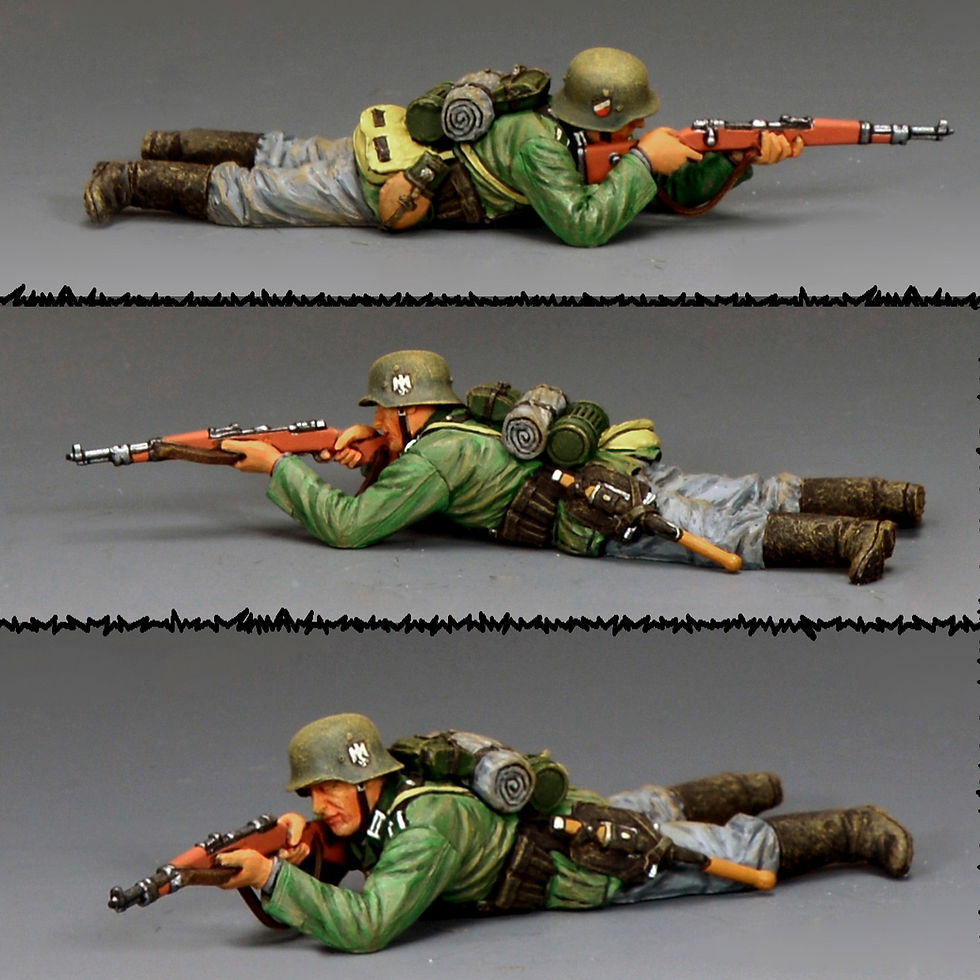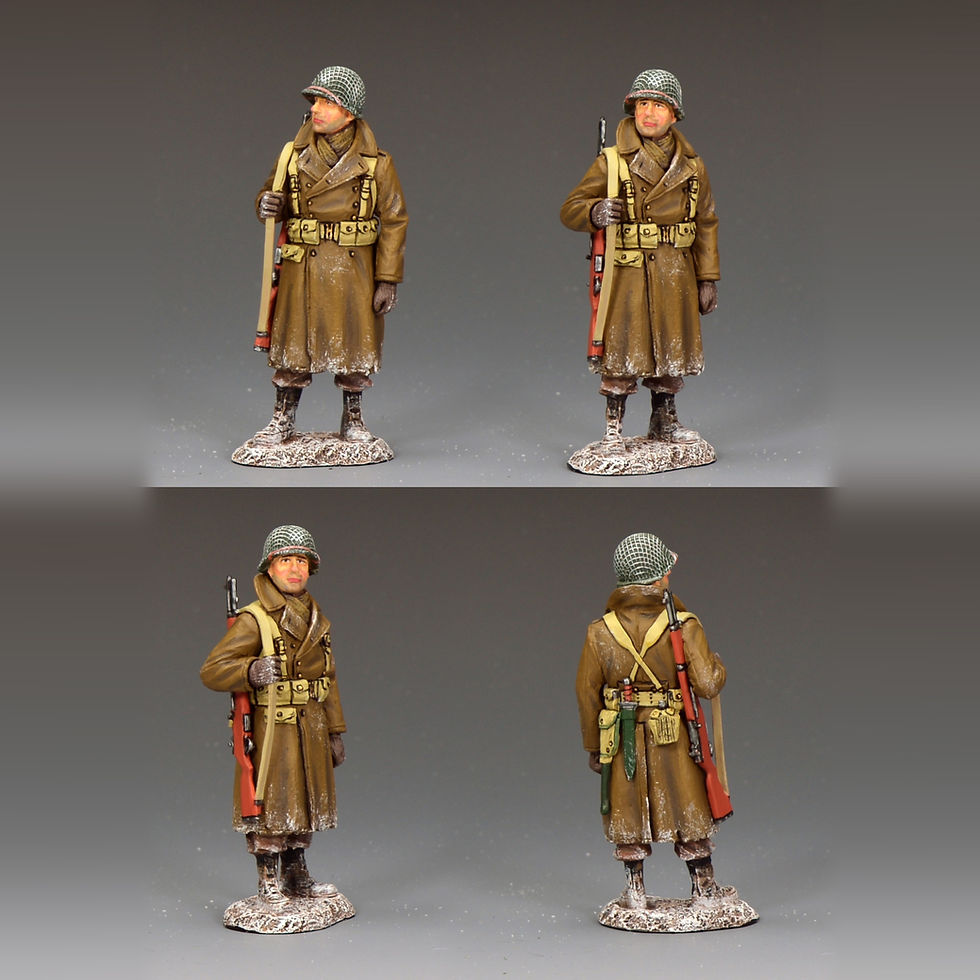$100 US Gift Certificate
90,00$
Boston était la troisième plus grande ville d'Amérique du Nord et se tenait sur une péninsule reliée au continent par un cou juste assez large pour traverser à marée haute.Le port, suffisamment grand pour être stratégiquement significatif et au cœur de l'économie de la ville, a été formé par une chaîne d'îles qui s'étendait en mer, gardée par des récifs et des rebords.Le nord-ouest de Boston se trouvait Charlestown, une péninsule largement rurale et demi de long.Charlestown se tenait à l'angle sud-est avec trois collines derrière.Bunker’s Hill, le plus proche du cou de la péninsule, Breed’s Hill à 200 mètres au-dessus de la ville et de Moulton’s Hill au nord-est.
Quantité
Détails
Boston était la troisième plus grande ville d'Amérique du Nord et se dressait sur une péninsule reliée au continent par un bras de mer juste assez large pour être traversé à marée haute. Le port, suffisamment vaste pour avoir une importance stratégique et être au cœur de l'économie de la ville, était formé d'un chapelet d'îles s'étendant vers la mer, protégées par des récifs et des corniches. Au nord-ouest de Boston se trouvait Charlestown, une péninsule essentiellement rurale de deux kilomètres et demi de long. Charlestown se trouvait à l'angle sud-est, avec trois collines en arrière-plan : Bunker's Hill, la plus proche du bras de mer, Breed's Hill à 180 mètres au-dessus de la ville et Moulton's Hill au nord-est.
Le 16 juin 1775, trois détachements de régiments du Massachusetts, sous le commandement du colonel William Prescott et du capitaine ingénieur Richard Gridley, traversèrent le col de Charlestown et arrivèrent à Bunker Hill. Le capitaine Richard Gridley et Prescott étaient en désaccord sur l'emplacement de leur défense. Des travaux furent effectués sur Bunker Hill, mais Breed's Hill était plus proche de Boston et considérée comme plus défendable. Ils décidèrent donc d'y construire leur redoute principale. Prescott et ses hommes commencèrent à creuser une fortification carrée d'environ 40 mètres de côté, avec des fossés et des murs de terre. Les murs de la redoute mesuraient environ 1,80 mètre de haut.
Les travaux commencèrent à minuit et, vers 4 heures du matin, un navire de guerre britannique repéra les terrassements sur Breed’s Hill et ouvrit le feu. Le commandement britannique convenait que les travaux représentaient une menace importante, mais qu’ils étaient alors suffisamment inachevés et isolés pour offrir une chance de réussite à l’attaque.
Le plan britannique initial était de contourner la redoute par le nord et de capturer Bunker’s Hill et le col de la péninsule, isolant ainsi la redoute de Breed’s Hill.
Les Américains repoussèrent deux assauts britanniques, subissant d'importantes pertes. Les Britanniques s'emparèrent de la redoute lors de leur troisième assaut, les défenseurs étant à court de munitions. Les colons se retirèrent sur Bunker Hill, laissant aux Britanniques le contrôle définitif de la péninsule.
La bataille fut une victoire tactique pour les Britanniques, mais elle fut aussi une expérience décevante pour eux ; ils subirent bien plus de pertes que les Américains, y compris de nombreux officiers. La bataille avait démontré que des milices inexpérimentées étaient capables de tenir tête aux troupes régulières. Par la suite, la bataille découragea les Britanniques de toute nouvelle attaque frontale contre des lignes de front bien défendues. Les pertes américaines furent bien moindres, même si parmi elles figuraient le général Joseph Warren et le major Andrew McClary, dernière victime de la bataille.
MINUTEMEN
Les Minutemen étaient des membres des compagnies de milices coloniales organisées de Nouvelle-Angleterre, formés au maniement des armes, aux tactiques et aux stratégies militaires pendant la guerre d'Indépendance américaine. Ils étaient réputés pour être prêts à intervenir à la minute près, d'où leur nom. Ils constituaient une force très mobile et rapidement déployée, permettant aux colonies de réagir immédiatement aux menaces militaires.
Les miliciens furent parmi les premiers à combattre lors de la Révolution américaine. Leurs équipes constituaient environ un quart de la milice totale. Ils étaient généralement plus jeunes, plus mobiles et étaient équipés en armes par les gouvernements locaux.
Échelle : 1/30
Matériau : alliage d'étain et fibres synthétiques
Date de sortie : juin 2025
Plus d'informations
| Gender | Men |
| Year | Late 18th Century |
| Availabilities | New |


































